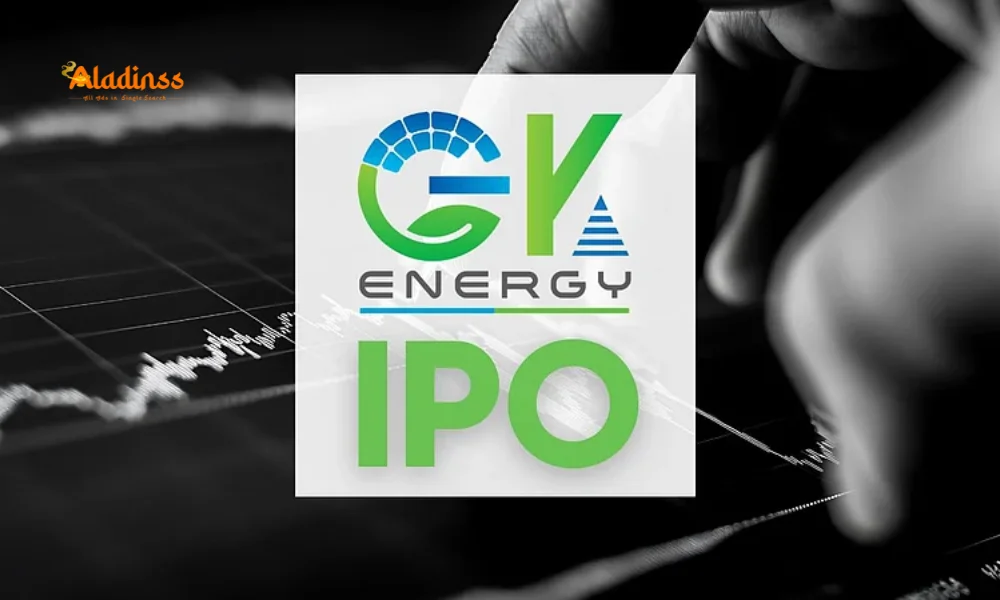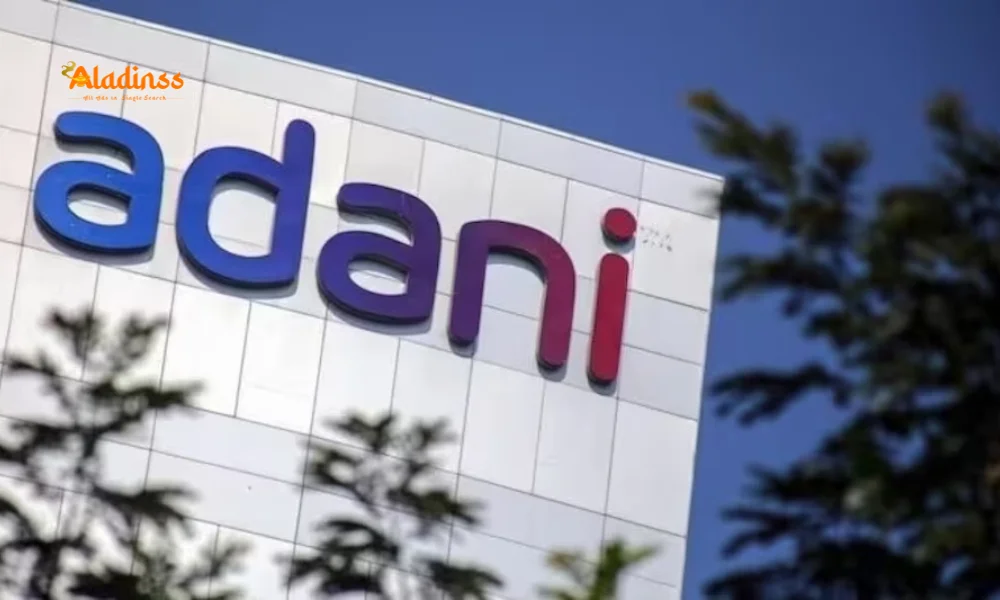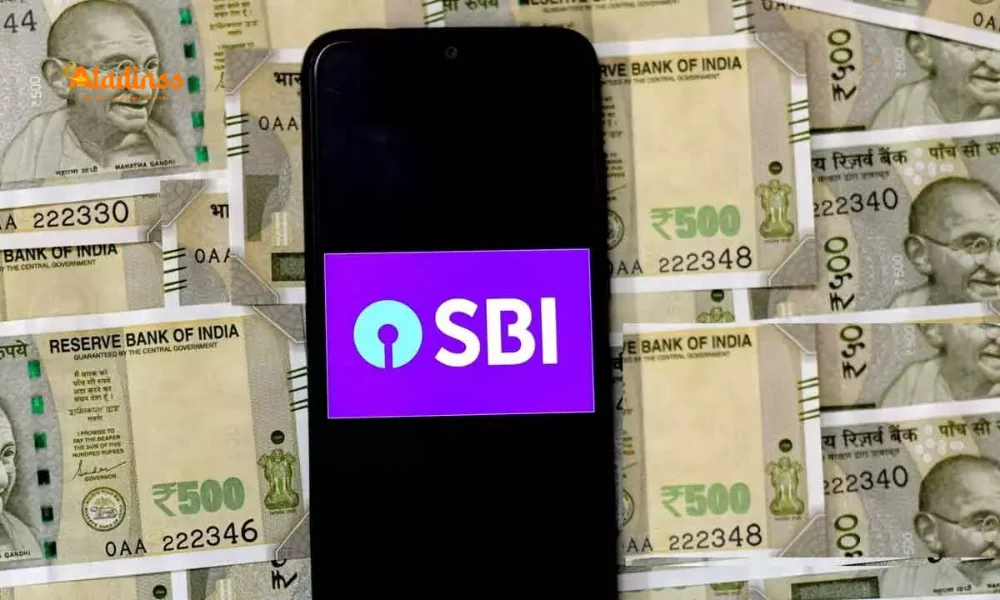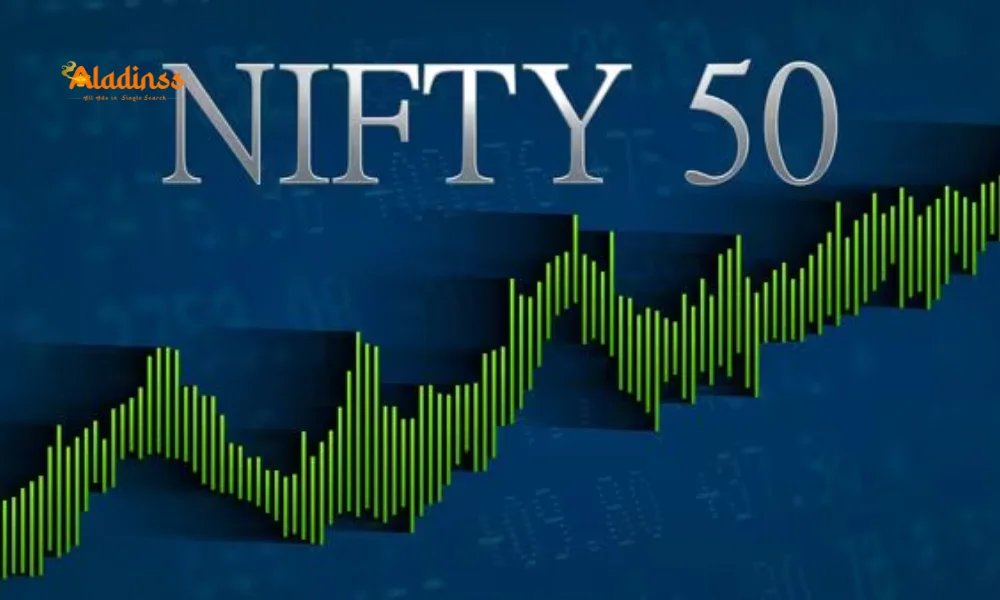Samsung Shares Surge 5% on Nvidia HBM3E Approval: Breaking News Update
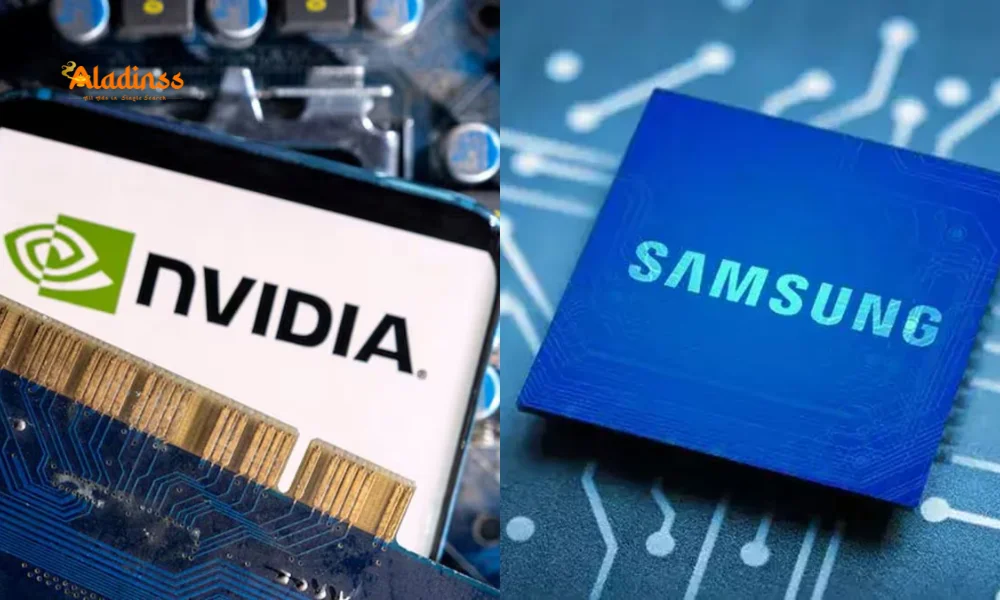
Samsung Shares Surge 5% on Nvidia HBM3E Approval: Breaking News Update September 22, 2025
Samsung Electronics shares soared by over 5% on Monday, September 22, 2025, following reports that the South Korean chipmaker secured approval from Nvidia Corp. for its high-bandwidth memory (HBM3E) chips. This milestone marks a significant breakthrough for Samsung, positioning it as a formidable competitor in the rapidly growing artificial intelligence (AI) chip market. The news also contributed to a broader rally in South Korea’s semiconductor sector, driving the Kospi index to an all-time high.
The approval validates Samsung’s relentless pursuit of innovation in high-performance memory solutions, crucial for powering next-generation AI applications. As global demand for AI accelerators surges, Samsung’s strategic advancements signal robust growth potential, attracting both institutional and retail investors. The development also underscores South Korea’s pivotal role in the global semiconductor ecosystem, with ripple effects boosting related industries.
Why Samsung Shares Are Skyrocketing
The surge in Samsung’s stock price was triggered by a report stating that its 12-layer HBM3E product successfully passed Nvidia’s stringent quality tests after an 18-month development period. High-bandwidth memory chips are critical components in AI accelerators, enabling rapid data processing for complex models like those powering generative AI platforms. This approval positions Samsung to challenge SK Hynix Inc., which has held a strong foothold in the HBM market, and opens doors to capture significant market share.
Samsung’s stock climbed 5.4% to its highest level since August 2024, with trading volumes spiking as investors rushed to capitalize on the news. Over the past year, the stock has gained 33%, reflecting confidence in Samsung’s ability to navigate competitive pressures and innovate in high-growth sectors. Nvidia’s endorsement, given its dominance in AI hardware, amplifies Samsung’s credibility and signals potential for long-term contracts.
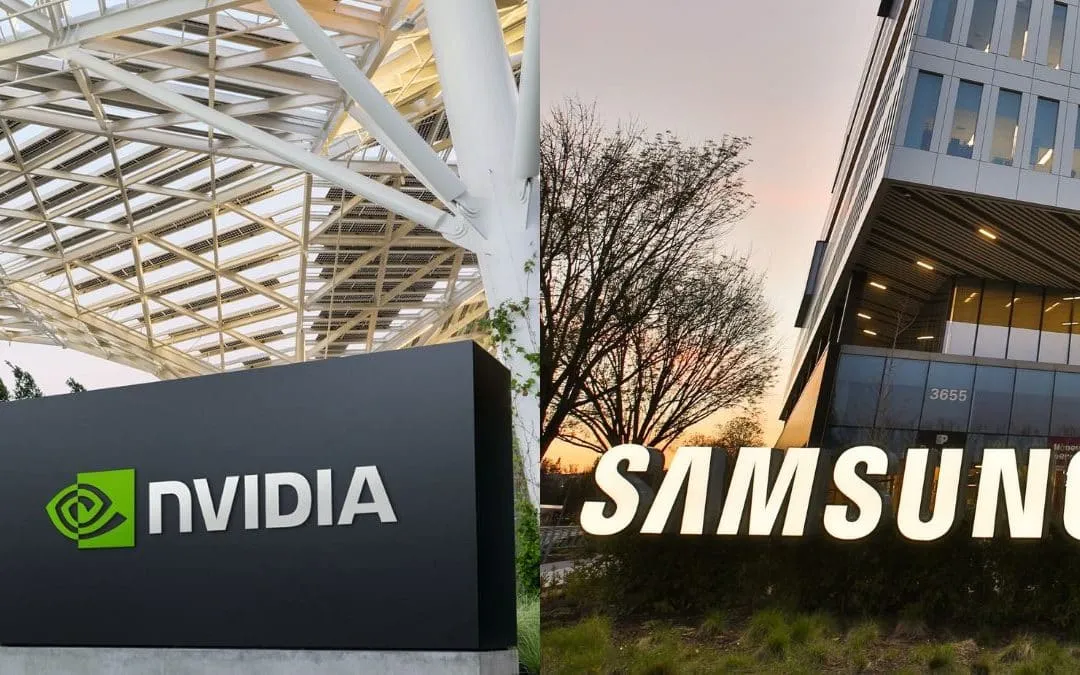
Market analysts view this as a pivotal moment, with Samsung poised to benefit from the AI boom. The HBM3E’s superior bandwidth and efficiency make it a preferred choice for data centers and autonomous vehicle systems, aligning with global tech trends. This milestone also alleviates concerns about Samsung lagging behind competitors in advanced memory technologies.
Samsung’s Strategic Expansion in Semiconductors
Samsung’s ambitions extend beyond HBM, with recent moves diversifying its semiconductor portfolio. In July 2025, the company secured a $16.5 billion deal with Tesla Inc. to manufacture custom chips for autonomous driving systems, revitalizing its foundry business. This contract underscores Samsung’s growing prowess in contract manufacturing, a segment previously overshadowed by its memory chip dominance.
The Tesla partnership complements Samsung’s HBM success, showcasing its ability to cater to diverse industries. While SK Hynix and Micron Technology currently fulfill most of Nvidia’s HBM orders, Samsung’s entry could disrupt this dynamic by 2026, as production scales. Analysts estimate that Samsung’s HBM shipments could triple within two years, driven by demand from cloud providers and AI startups.
Samsung is also investing heavily in R&D, with a reported $20 billion allocated for 2025 to advance HBM4 and next-gen DRAM technologies. These efforts aim to maintain its edge in a market projected to grow 25% annually, fueled by AI and 5G applications. The company’s global manufacturing footprint, spanning South Korea, the US, and China, ensures supply chain resilience amid geopolitical uncertainties.
Technical Analysis: Bullish Momentum for Samsung
From a technical perspective, Samsung’s stock exhibits strong bullish momentum. Anshul Jain, Head of Research at Lakshmishree, notes a breakout from a bullish flag pattern on weekly charts at 72.1, targeting a move toward 95. This pattern, characterized by a sharp rally followed by consolidation, signals robust investor confidence backed by high trading volumes on up days.
The stock’s distance from its 10-day and 20-day EMAs suggests a potential pause for consolidation, but the overall trend remains upward. Relative Strength Index (RSI) hovers at 68, indicating strength without overbought conditions. Support levels at 70 ensure a safety net, while resistance near 80 could be tested soon, driven by continued AI optimism.
Retail investors are advised to monitor volume spikes and news catalysts, as institutional buying could push the stock past psychological barriers. Options activity also shows increased call buying, reflecting bullish sentiment in derivatives markets.
Kospi Reaches Record High Amid Semiconductor Rally
The broader South Korean market rode the semiconductor wave, with the Kospi index climbing 1.07% to a record 3,482.25 on September 22, 2025. Samsung’s rally catalyzed gains across the sector, with peers like SK Hynix posting modest upticks. The index’s tech-heavy composition, with semiconductors accounting for 30% of its weight, amplifies the impact of such developments.
Other contributors included LG Energy Solution, up 0.29% on battery tech optimism, and Hyundai Motor, which gained 1.64% amid EV chip demand. The Kospi’s breakout reflects global investor confidence in South Korea’s tech leadership, with foreign inflows hitting $2 billion in Q3 2025, per Bloomberg data.
This rally aligns with a 15% year-to-date Kospi gain, outpacing many global indices. The semiconductor sector’s resilience, despite supply chain constraints, underscores its role as a cornerstone of South Korea’s economy, contributing 20% to GDP.
The Role of AI in Driving Semiconductor Demand
The global AI boom is the primary engine behind surging semiconductor demand. HBM3E chips, with their ability to handle massive datasets at high speeds, are integral to AI workloads in data centers, autonomous vehicles, and edge computing. Samsung’s chips boast 20% better power efficiency than predecessors, making them ideal for energy-conscious applications.
Nvidia’s reliance on HBM for its GPUs, which power 70% of AI training tasks, highlights the stakes. Samsung’s approval ensures a diversified supply chain for Nvidia, reducing risks from single-vendor dependency. This also benefits other AI players like AMD and Intel, who may tap Samsung for future chip designs.
Beyond AI, 5G and IoT applications amplify HBM demand, with market size projected to hit $50 billion by 2028. Samsung’s early mover advantage in HBM3E positions it to capture 30% of this market, per industry forecasts.
Future Outlook for Samsung and the Semiconductor Market
Samsung’s HBM3E approval is a springboard for future growth, with potential contracts from cloud giants like AWS and Google on the horizon. The Tesla deal further diversifies revenue, reducing reliance on consumer electronics. By 2026, Samsung aims to double its foundry capacity, targeting a 15% global share.
Challenges include rising production costs and geopolitical tensions affecting chip exports. However, Samsung’s $100 billion investment in US and Asian facilities mitigates risks, ensuring supply stability. The company’s focus on sustainable manufacturing, with 50% recycled materials in chips by 2030, also appeals to ESG-focused investors.
For the semiconductor market, the AI-driven trajectory promises sustained growth. South Korea’s ecosystem, with Samsung at its core, is set to lead, with exports projected to hit $150 billion in 2025. The Kospi’s record run reflects this optimism, with analysts eyeing 3,600 by year-end.
Investor Strategies and Market Sentiment
Investors are advised to hold Samsung shares for long-term gains, leveraging dips for accumulation. The stock’s forward P/E ratio of 12.5, compared to the industry’s 15, suggests undervaluation relative to growth prospects. Social media platforms like X buzz with #SamsungHBM and #AIChipRally, reflecting retail enthusiasm.
Hedge funds are increasing exposure, with 10% portfolio allocations to Samsung, per recent filings. The semiconductor rally’s momentum could spill into Q4, with festive demand and AI infrastructure deals as catalysts.
Global Implications and Industry Dynamics
Samsung’s success reverberates globally, strengthening South Korea’s position as a chip powerhouse. It also pressures competitors to accelerate HBM4 development, intensifying innovation races. For consumers, advanced chips promise faster, smarter devices, from foldable phones to autonomous cars.
The AI chip market’s growth aligns with digital transformation trends, with enterprises investing $500 billion annually in AI infrastructure. Samsung’s strategic pivot ensures it remains a linchpin in this ecosystem, driving economic and technological advancements.
Comment / Reply From
No comments yet. Be the first to comment!

